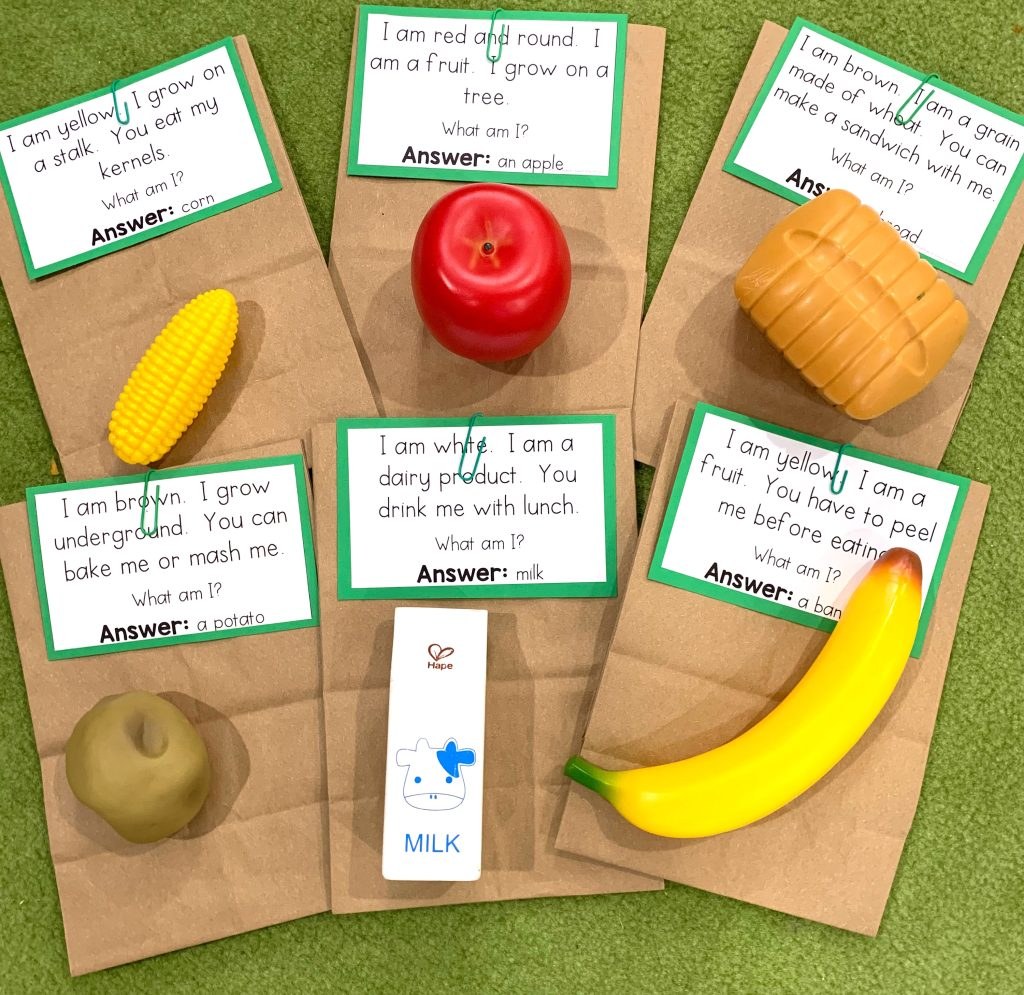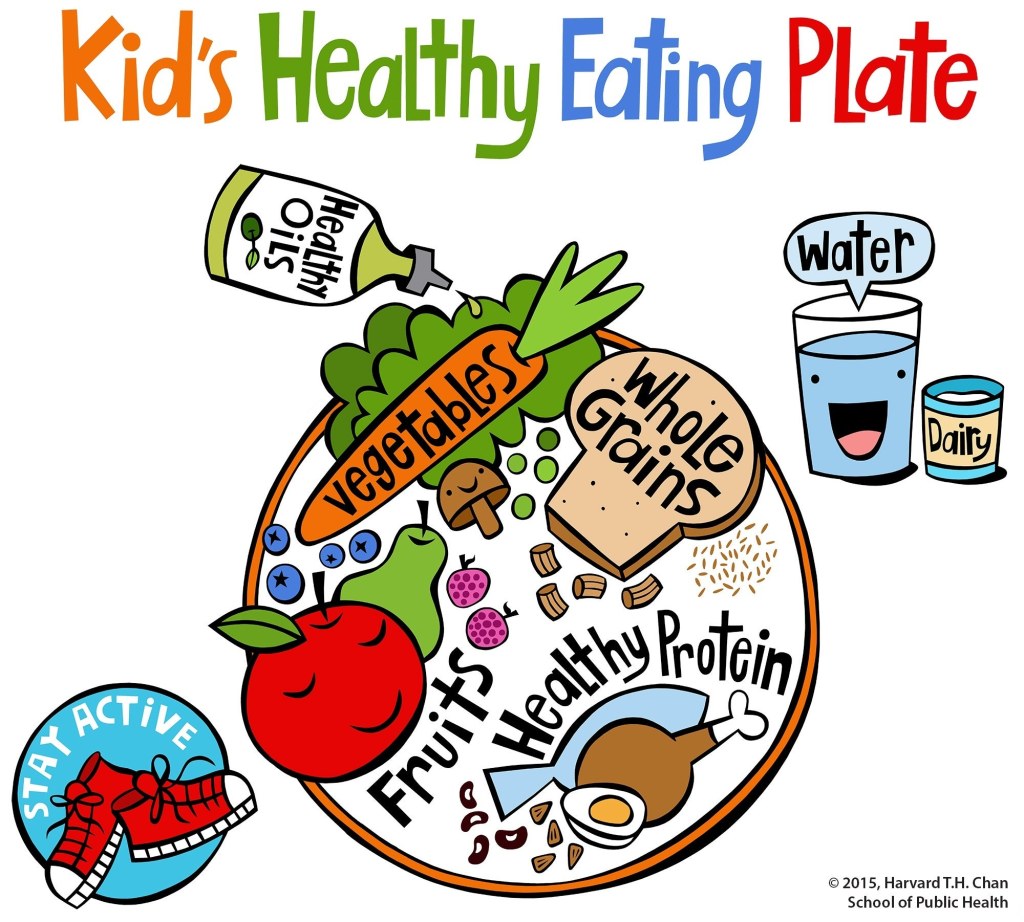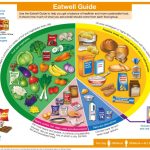Discover The Power Of Healthy Living Kindergarten: Start A Bright Future Today With Us!
Healthy Living Kindergarten
Introduction
Dear Readers,
3 Picture Gallery: Discover The Power Of Healthy Living Kindergarten: Start A Bright Future Today With Us!
![Picture of: Healthy Foods Worksheet [FREE DOWNLOAD] – The Super Teacher](https://nuadocs.info/wp-content/uploads/2023/09/healthy-foods-worksheet-free-download-the-super-teacher.jpeg)


Welcome to our article on Healthy Living Kindergarten, where we explore the importance of promoting a healthy lifestyle from an early age. In this fast-paced world, it is crucial to instill healthy habits in our children, and kindergarten is the perfect place to start.
![healthy living kindergarten - Healthy Foods Worksheet [FREE DOWNLOAD] - The Super Teacher healthy living kindergarten - Healthy Foods Worksheet [FREE DOWNLOAD] - The Super Teacher](https://nuadocs.info/wp-content/uploads/2023/09/healthy-foods-worksheet-free-download-the-super-teacher.jpeg)
Image Source: i0.wp.com
During their formative years, children develop habits that shape their future. By focusing on healthy living in kindergarten, we can lay a strong foundation for their physical, mental, and emotional well-being. In this article, we will delve into the various aspects of healthy living in kindergarten and its benefits.
So, let’s dive in and discover the world of Healthy Living Kindergarten!
What is Healthy Living Kindergarten?
Healthy Living Kindergarten is an educational approach that emphasizes the importance of healthy habits and lifestyle choices for young children. It goes beyond traditional academic learning and incorporates physical activity, nutrition, and mindfulness practices into the daily routine.

Image Source: playtolearnpreschool.us
The goal is to create an environment that promotes holistic development and instills a lifelong commitment to healthy living. By integrating healthy habits into the curriculum, children are empowered to make informed choices about their well-being.
Let’s explore the various aspects of Healthy Living Kindergarten:
Physical Activity

Image Source: harvard.edu
Regular physical activity is essential for children’s growth and development. Healthy Living Kindergarten incorporates age-appropriate exercises and play to ensure that children remain active throughout the day. From outdoor games to yoga sessions, physical activity is an integral part of their daily routine.
Nutrition
A well-balanced diet is crucial for the overall health and well-being of children. Healthy Living Kindergarten promotes healthy eating habits by providing nutritious meals and snacks. Children learn about different food groups, the importance of fruits and vegetables, and the benefits of a varied diet.
Mindfulness
Teaching mindfulness practices to young children can have a profound impact on their emotional well-being. Healthy Living Kindergarten incorporates mindfulness activities such as breathing exercises, meditation, and gratitude practices. These practices help children develop self-awareness, manage emotions, and build resilience.
Sleep
Adequate sleep is vital for children’s growth and development. Healthy Living Kindergarten emphasizes the importance of a consistent sleep routine and creates a conducive environment for napping or resting during the day.
Hygiene
Good hygiene habits play a significant role in preventing the spread of illnesses. Healthy Living Kindergarten teaches children the importance of regular handwashing, dental hygiene, and personal grooming.
Environmental Awareness
Healthy Living Kindergarten also focuses on fostering environmental awareness and sustainability. Children learn about the importance of conserving resources, recycling, and taking care of nature.
Who Can Benefit from Healthy Living Kindergarten?
Healthy Living Kindergarten is beneficial for both children and their parents. Young children are at a crucial stage of development, and incorporating healthy habits early on sets them up for a lifetime of well-being.
Parents also benefit from Healthy Living Kindergarten as they gain knowledge and skills to create a healthy home environment. They can reinforce healthy habits at home and ensure that their children’s overall well-being is nurtured.
When and Where Can You Find Healthy Living Kindergarten Programs?
Healthy Living Kindergarten programs can be found in various educational institutions around the world. These programs are typically offered in dedicated kindergarten facilities or integrated into existing schools.
Parents can inquire with local kindergartens or schools to find out if they offer Healthy Living Kindergarten programs. Additionally, online resources and educational platforms may provide information on virtual or home-based options.
Why is Healthy Living Kindergarten Important?
Healthy Living Kindergarten is important because it lays the foundation for a healthy lifestyle in children. By introducing healthy habits from an early age, we can prevent the onset of chronic diseases and promote overall well-being.
Children who participate in Healthy Living Kindergarten programs are more likely to develop lifelong healthy habits, such as regular physical activity, healthy eating, and mindfulness practices. These habits not only benefit their physical health but also enhance their cognitive abilities and emotional resilience.
How Does Healthy Living Kindergarten Work?
Healthy Living Kindergarten works by integrating various elements into the daily routine of young children. The curriculum is designed to incorporate physical activity, nutrition education, mindfulness practices, and environmental awareness.
Specialized teachers and staff guide children through age-appropriate activities and lessons that promote healthy habits. These activities are often interactive and engaging, ensuring that children enjoy the learning process.
Advantages and Disadvantages of Healthy Living Kindergarten
Advantages:
1. Promotes holistic development: Healthy Living Kindergarten focuses on the overall well-being of children, nurturing their physical, mental, and emotional growth.
2. Prevents chronic diseases: By instilling healthy habits early on, Healthy Living Kindergarten reduces the risk of lifestyle-related diseases such as obesity, diabetes, and heart disease.
3. Enhances cognitive abilities: Regular physical activity and a balanced diet have been linked to improved cognitive function, memory, and concentration.
4. Builds resilience: Mindfulness practices taught in Healthy Living Kindergarten help children develop emotional resilience and coping mechanisms.
5. Fosters environmental awareness: By teaching children about environmental responsibility, Healthy Living Kindergarten cultivates a sense of stewardship towards the planet.
Disadvantages:
1. Requires resources: Implementing Healthy Living Kindergarten programs may require additional resources, such as trained staff, appropriate facilities, and nutritious meals.
2. Time commitment: Healthy Living Kindergarten programs may require additional time for planning and implementation, both for educators and parents.
3. Limited accessibility: Not all kindergartens or schools offer Healthy Living Kindergarten programs, limiting access for some children.
4. Resistance to change: Some parents or educators may be resistant to adopting new approaches or integrating healthy living practices into the curriculum.
5. Challenges in implementation: Ensuring consistency and sustainability of Healthy Living Kindergarten programs can be a challenge, especially in larger educational systems.
Frequently Asked Questions
1. Is Healthy Living Kindergarten only about physical health?
No, Healthy Living Kindergarten encompasses physical, mental, and emotional well-being. It combines elements of physical activity, nutrition, mindfulness, and environmental awareness.
2. How can parents support Healthy Living Kindergarten at home?
Parents can support Healthy Living Kindergarten by modeling healthy habits at home, providing nutritious meals and snacks, encouraging physical activity, and engaging in mindfulness practices with their children.
3. What qualifications do teachers need for Healthy Living Kindergarten?
Teachers in Healthy Living Kindergarten programs should have a background in early childhood education and knowledge of health and wellness practices. Additional certifications or training in nutrition, mindfulness, or physical education are beneficial.
4. Can older children benefit from Healthy Living Kindergarten programs?
While Healthy Living Kindergarten programs are primarily designed for young children, older children can also benefit from the adoption of healthy habits and mindfulness practices.
5. Are Healthy Living Kindergarten programs expensive?
The cost of Healthy Living Kindergarten programs can vary depending on the location, resources required, and the institution offering the program. Some programs may have additional fees, while others may be included in the regular tuition.
Conclusion
In conclusion, Healthy Living Kindergarten plays a crucial role in promoting a healthy lifestyle from an early age. By integrating physical activity, nutrition education, mindfulness practices, and environmental awareness into the curriculum, children develop lifelong healthy habits.
Through Healthy Living Kindergarten, children not only improve their physical health but also enhance their cognitive abilities, emotional well-being, and environmental consciousness. Parents and educators play a vital role in supporting and reinforcing healthy habits at home and in the classroom.
We encourage you to explore Healthy Living Kindergarten programs in your area and give your child the gift of a healthy start in life.
Thank you for joining us on this journey towards a healthier future for our children!
Final Remarks
Disclaimer: The information provided in this article is for educational purposes only and should not replace professional advice. Please consult with healthcare professionals or education experts for personalized guidance on implementing Healthy Living Kindergarten practices.
This post topic: Wellness Insights

